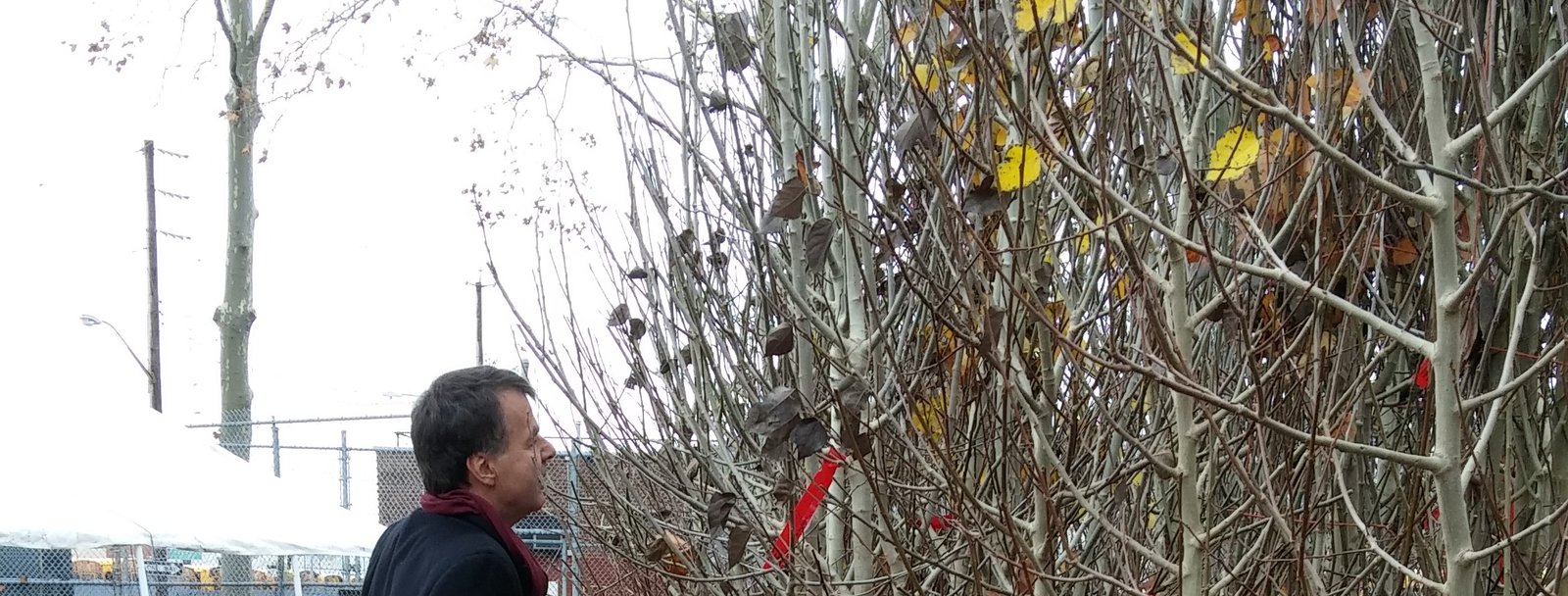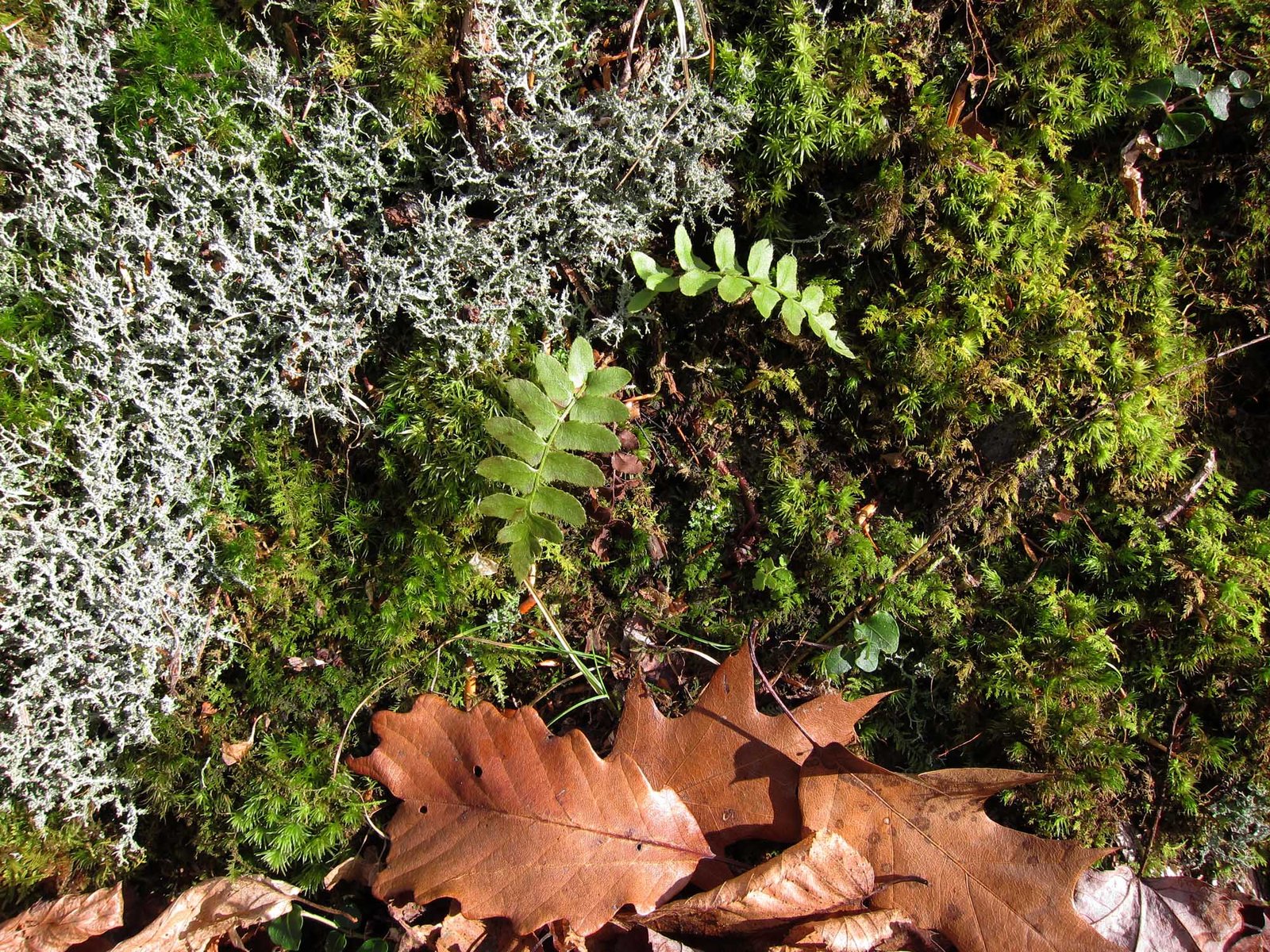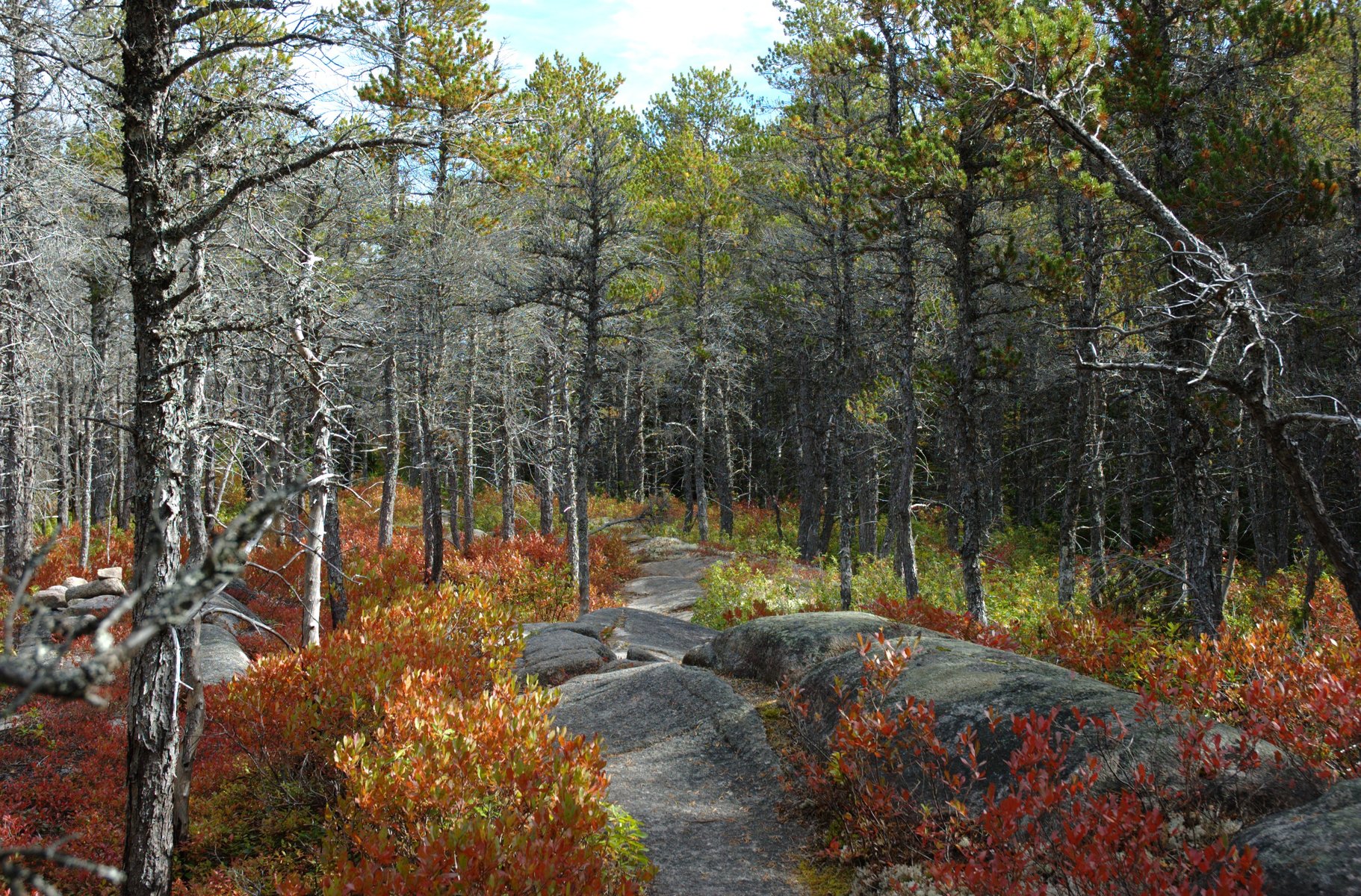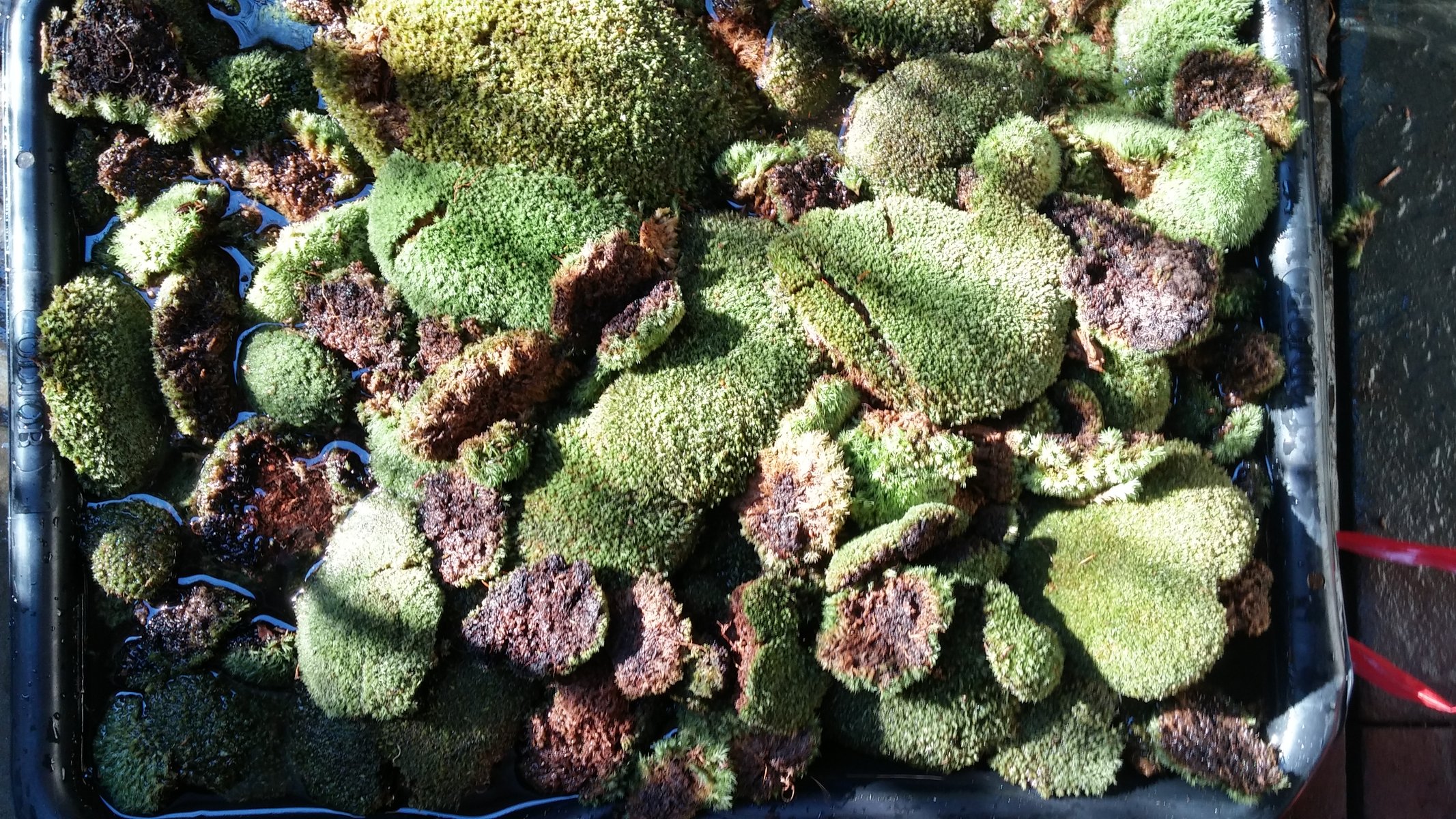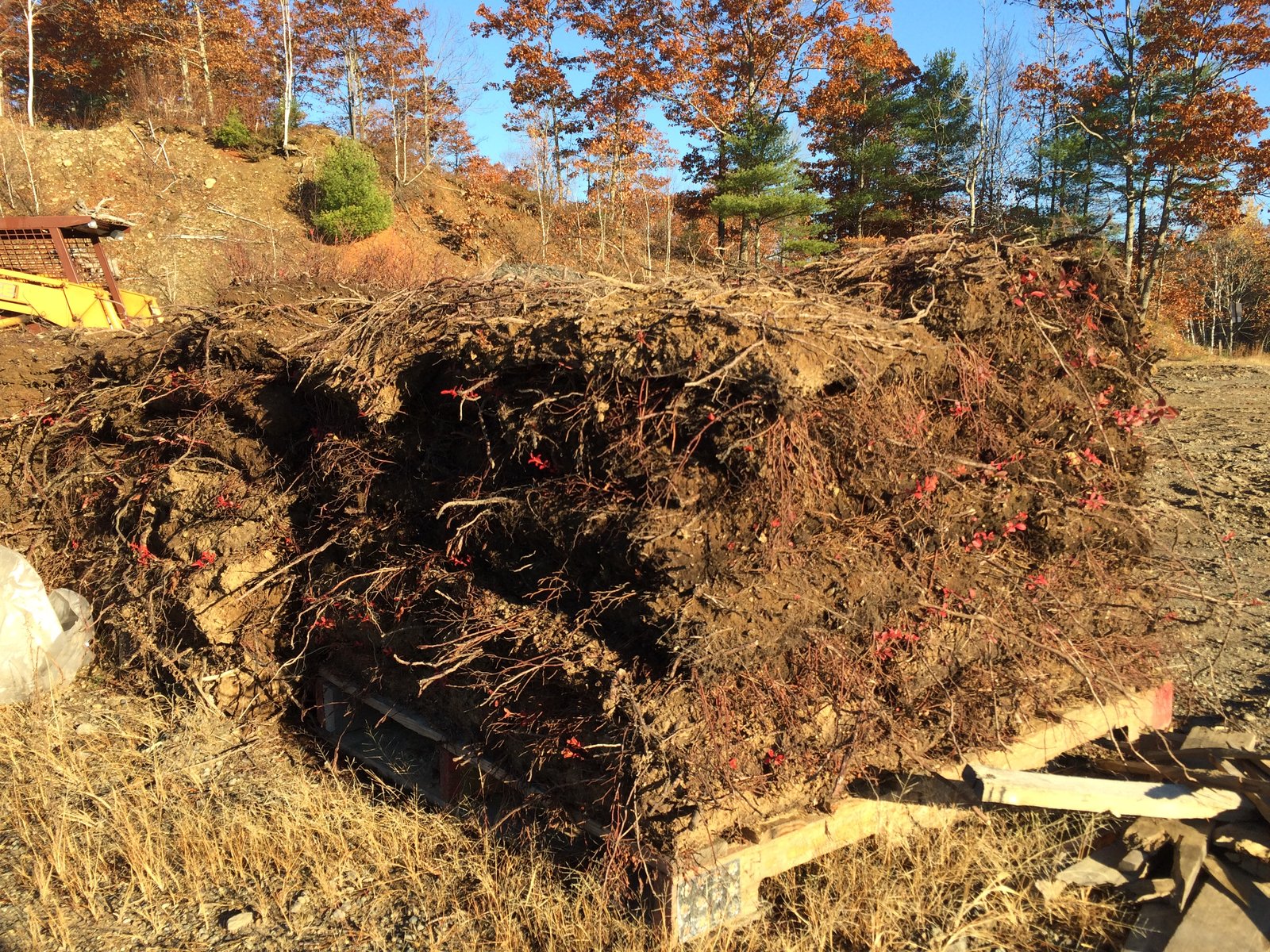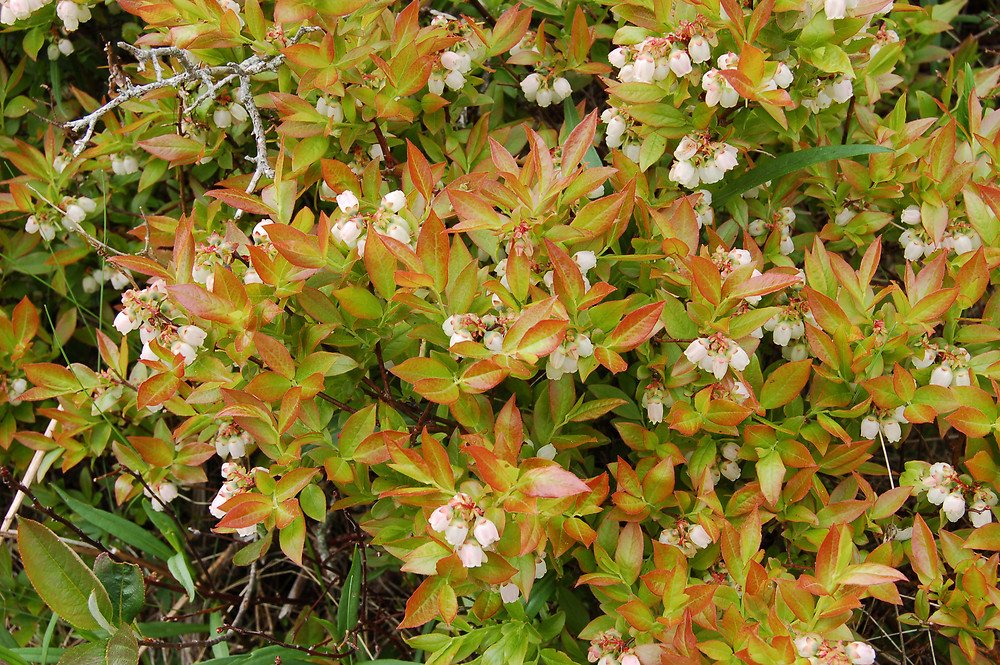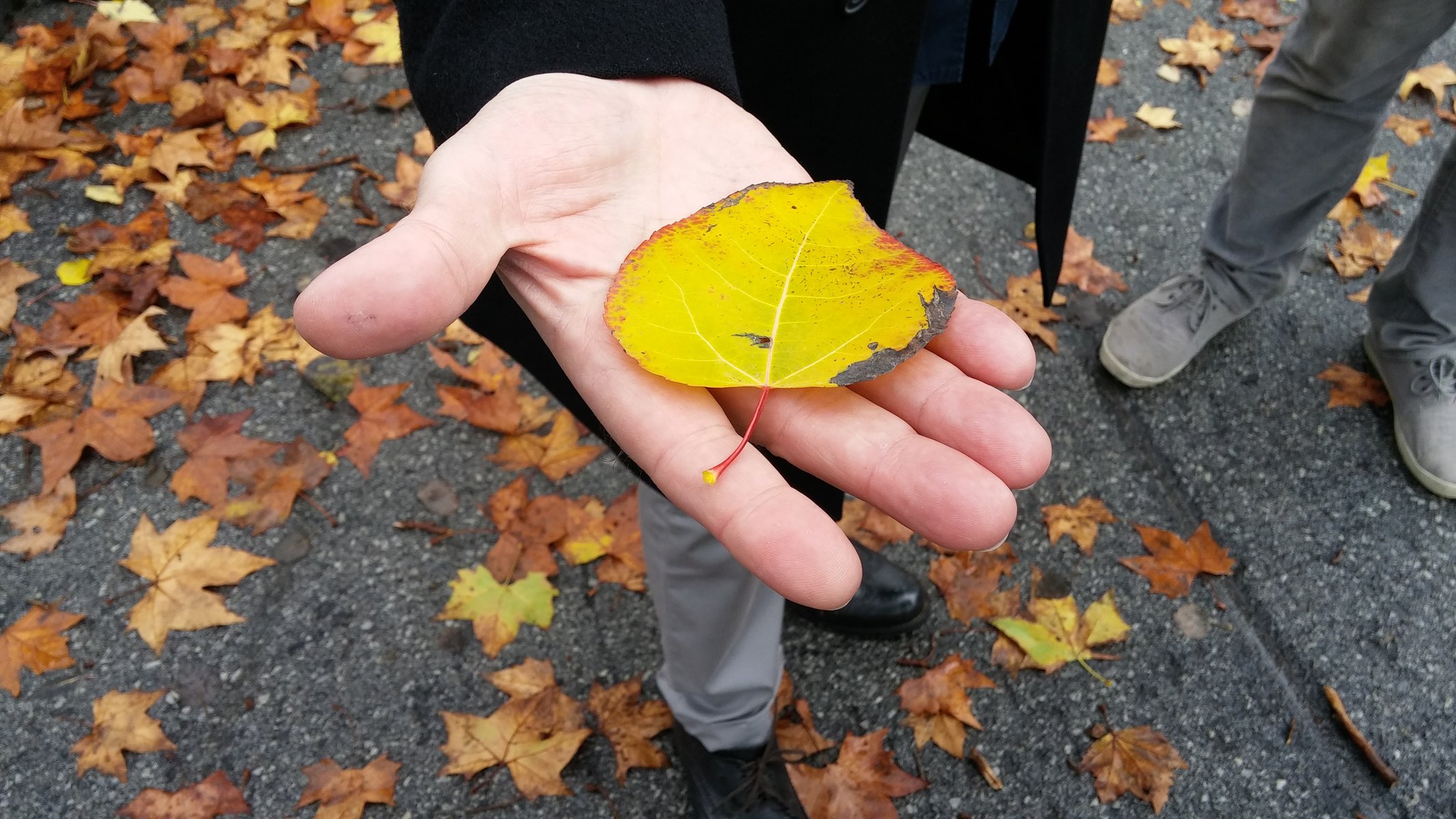This year, we had another opportunity to work with the Swiss landscape architecture firm, Vogt Landscape Architects, and The Metropolitan Museum of Art at The Met Breuer. The first phase of our collaboration has already been installed in the sunken garden the Brutalist architectural masterpiece on Madison Avenue, formerly home to the Whitney Museum of American Art, and will be completed this spring. One hundred forty Populus tremuloides, quaking aspen, have been planted with a ground cover of Vaccinium angustifolium, lowbush blueberry, partridge berry and moss.
The sunken garden of The Met Breuer is envisioned as a diorama, an ex-situ vignette of nature elsewhere. Vogt’s concept draws on two distinct forest typologies: the eastern forests of the Adirondacks and the colonies of quaking aspen that notably populate the western states and Canada. The landscape team selected quaking aspen, as the most widely distributed tree in North America and for its distinctive habit of forming dense thickets. To capture the spirit of a naturally occurring grove, the young aspen have been planted closely. The tree’s quick rate of growth will allow visitors a chance to experience the dynamic nature of this pioneer species, as the trunks extend upwards from the sunken courtyard to street level along Madison Avenue.
After exploring many concepts for the understory of the Populus, Vaccinium angustifolium was selected to represent the ground condition of eastern woods, where it is often found as an expansive mat. For the installation, Future Green Studio explored a new application of planting for the office in the use of blueberry sod, 3” thick pieces of layered roots and stems – a mainstay of landscaping in New England, and especially Maine, often used for erosion control and on the edges of natural areas. Lowbush blueberry is a ubiquitous, rhizomatous colonizer of open ground, found in sunny locations as well as in considerably shady aspects in moist to droughty soils. The deciduous shrub has a dramatic fall color, forming crimson carpets along the forest floor, rarely taller than a foot. In winter, plants are easily identified by their green and red twigs, followed by small urn-shaped flowers in the spring. A bronze flush of new leaves emerge after flowering and fruits appear midsummer. The planar condition of the blueberry mat will heighten the experience of the vertical aspen, as will the color blocks of autumnal foliage, red on the ground, yellow above.
